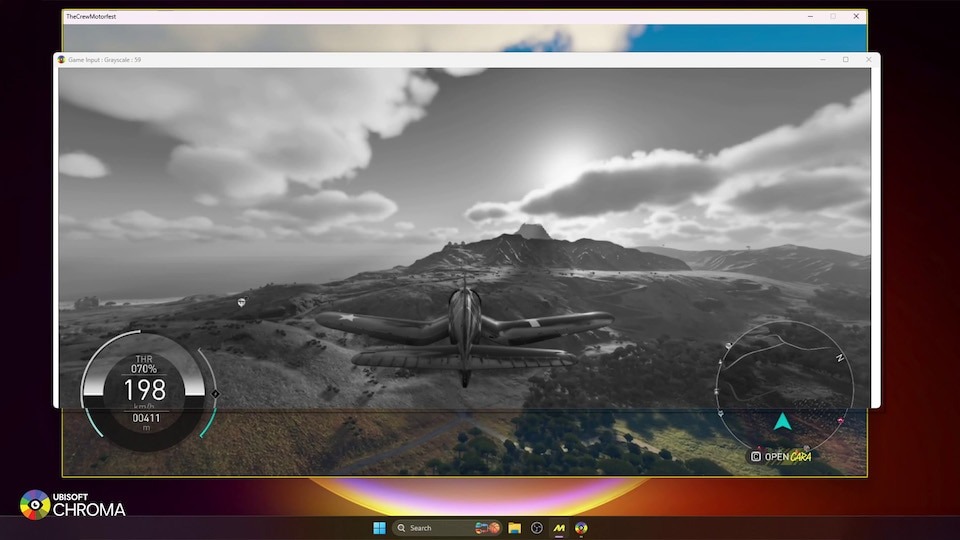Microsoft's Windows 10 PC OS keeps evolving, but its future is uncertain
Microsoft's Windows 10 OS for PCs feels complete, yet the expectations for yearly feature updates seems to be underdelivering. Is it time for a change in strategy?
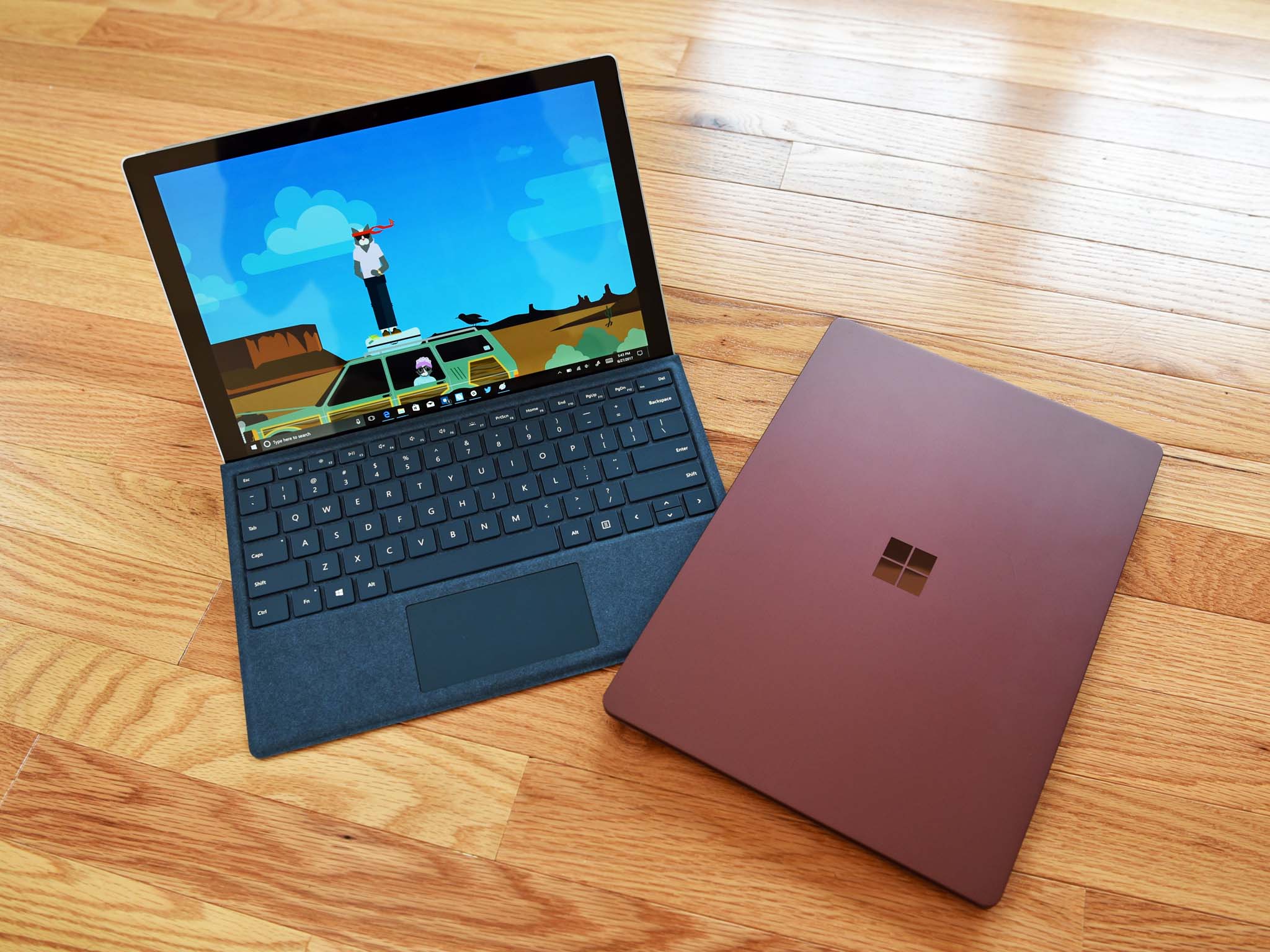
The Windows Insider Program is one of the most exciting and interesting things Microsoft is doing with Windows in 2017. It's a bold program to permanently open-beta an OS even across various levels of development (Slow, Fast, Skip Ahead), but while the program made a lot of sense in the early days of Windows 10, where is the OS heading in 2018 and beyond?
I ask the question because all OSes – including iOS, macOS, and Android – can suffer from "feature fatigue." That is, after a while, it seems we are being given features for the sake of something new. Windows 10 – especially with the Fall Creators Update – is starting to feel that way.
Fixed update schedules set lofty expectations
Part of the problem with modern OSes in the commercial arena, especially in mobile, is the continued expectation of being wowed on a yearly basis. Each year, Google, Apple, and Microsoft need to come out with something new to keep people talking about their platforms.
A lot of the innovation is legitimate, often focused on new hardware technologies. This year, augmented reality (AR) for mobile appears to be the "next big thing." It's not that everyone just decided this is the year, but rather the hardware, including cameras, sensors, battery life, and processors, has reached a point where AR makes sense.
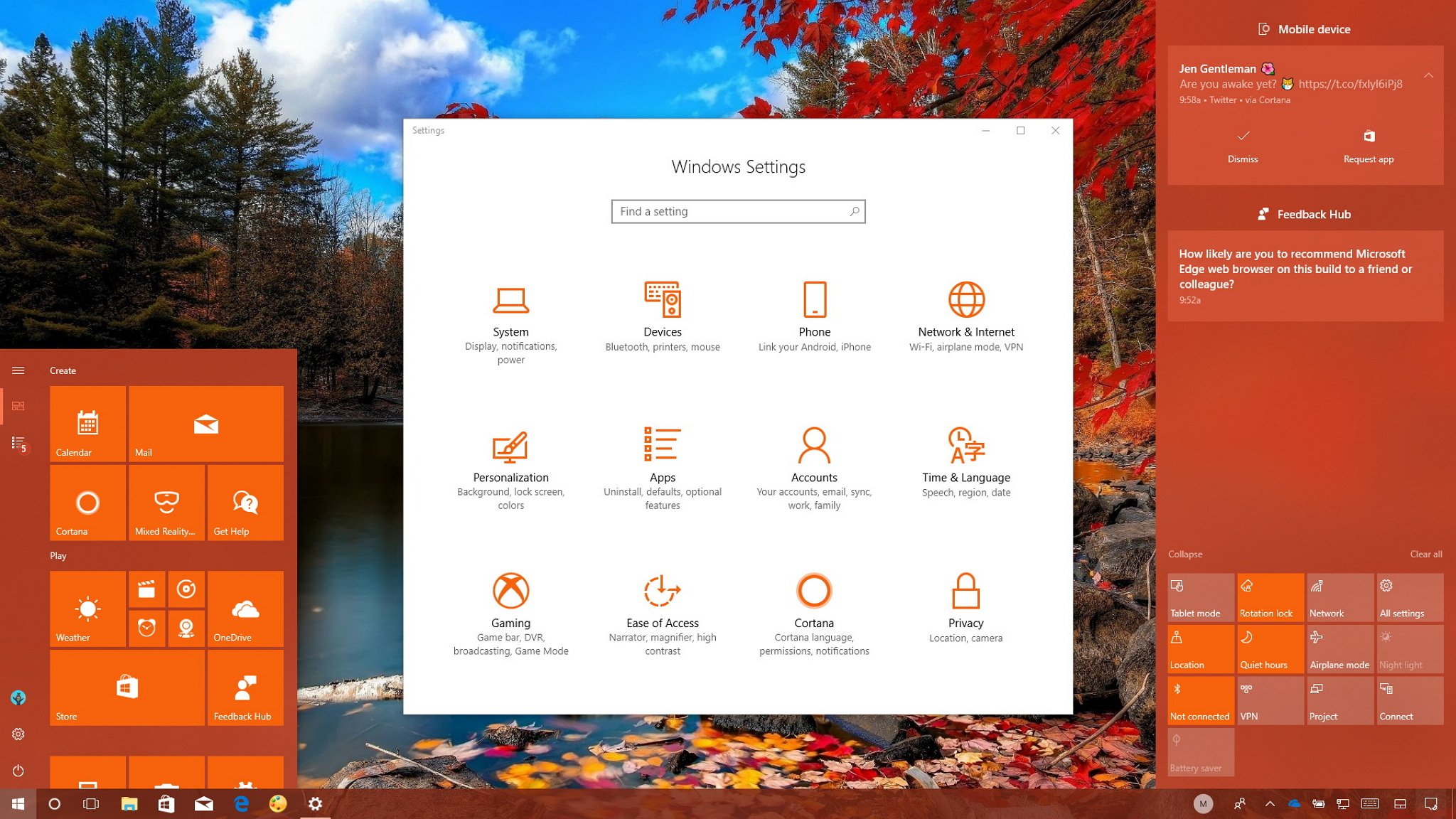
Microsoft, however, is in a unique situation since its mobile play is almost nonexistent. That means it tends to miss out on many of these novelties. Most of Windows 10 these days is focused on the desktop and laptop experiences, which, going by its market share and strength there, makes sense. However, there doesn't seem to be much that's exciting beyond digital pens, Windows Hello, and soon HDR displays for PCs.
While Windows Mixed Realty is fun, I'm not yet convinced it will go beyond niche in the immediate future. It's smart that Microsoft is building Windows for a world without 2D screens, but we are years away from that.
Windows 10 updates are on a twice a year cadence, which means Microsoft has two attempts to wow customers to get a new PC or laptop, but the well seems to be running dry on innovative ideas. Even OS-level features that were cut from the Fall Creators Update, such as Timeline, Cortana pickup (besides Edge), Cloud Clipboard, and 3D Story Remix, while fresh, never seemed like must-have items. And the things that are coming, including My People, feel supremely under-baked.
Get the Windows Central Newsletter
All the latest news, reviews, and guides for Windows and Xbox diehards.
None of this is to say that there aren't improvements, fixes, and optimizations – there are plenty of those, and they're welcomed – but this is the first major Windows update since Windows 10 came out that feels bland. I usually run different builds across different PCs, and there's always a moment where I'm excited to put production machines onto the Fast Ring finally. That's not happening this time.
Maybe this isn't even all Microsoft's fault as there is only so much you can jam into Windows 10 that is thrilling, but the company has certainly created an atmosphere of expectations for users. What's hurting Microsoft, of course, is the lack of any movement in mobile, which is where most innovation is happening.
Windows 10 Redstone 4 and the future of the desktop
The reason I bring all of this up is that we know Microsoft has "Redstone" releases planned well past the current Redstone 3, a.k.a. the Fall Creators Update, including Redstone 4, 5, 6 and 7.
Certainly, the company has milestones and project goals to hit presumably around Home Hub initiatives, Surface innovation, Windows Mixed Reality, Fluent Design, and more – which is great. But what will Windows 10 look like in 2019 that's so different than what we have today? Renaming apps and moving things around the Taskbar or Action Center can only continue for so long.
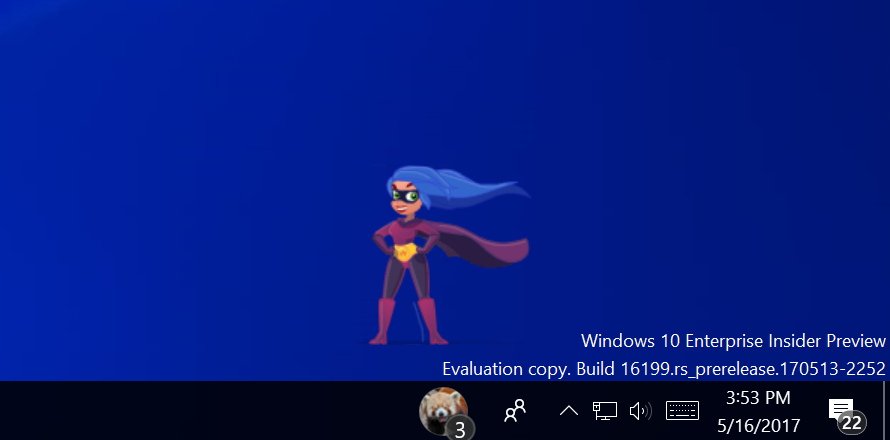
Maybe this is a lack of imagination on my part. Ask me what new feature I'd love to see in Windows 10, and I couldn't tell you. Sure, a new Movie Maker app is sorely overdue, and I want to see the Universal Windows Platform (UWP) get more features for apps, but beyond that, I'm not sure what would blow my socks off.
I'm starting to have doubts that Redstone 4, due next spring, will suddenly spark a new wave of creativity for features, at least not without being a significant player in mobile. Phones, personal tablets, or whatever Microsoft may be cooking up for new hardware are where the future of computing is, and without these things, there is only so much that can be done for your laptop.
Time to dial back Windows 10 "major" updates?
Maybe the solution to all of this is for Microsoft just to have smaller, feature updates for Windows 10 that are announced through its blog and social networking. There's no shame in releasing a new Story Remix app or adding some new features to Windows 10 without having a giant press event for them. Continue all the challenging work on making Windows 10 the best – and only – desktop solution on the market for consumers.
If Microsoft wants to continue to keep audiences interested, it can't just prop up Windows 10 for PC as the most exciting thing around. It did all of that already. Microsoft made OneCore, UWP, and is continuing to evolve the Windows Shell to be modular, which is all huge. But the OS for desktop feels like it is pretty much done.
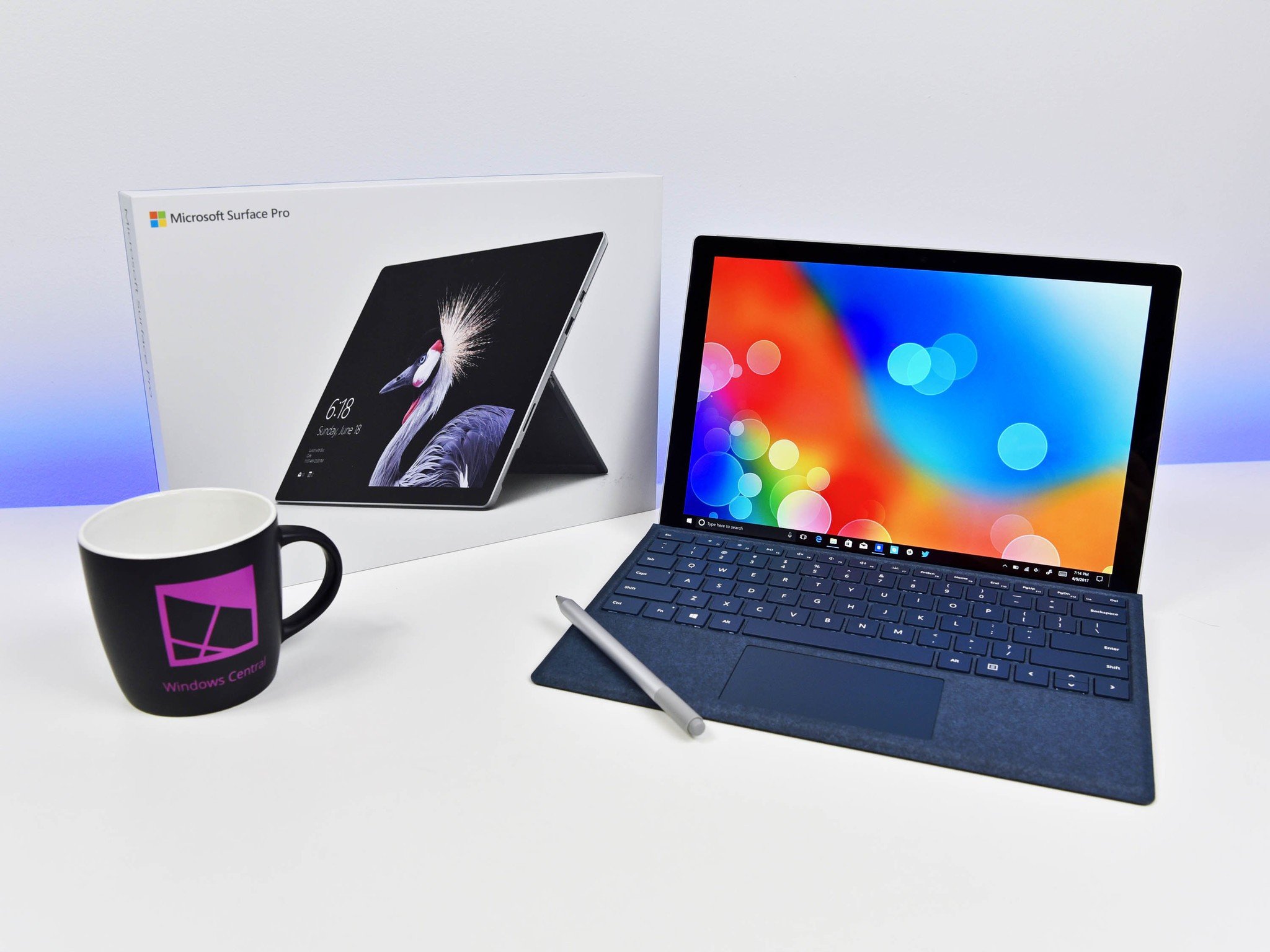
The rest of the world is moving to smart devices, wearables, more powerful phones, connected speakers, and seemingly more advanced AR. In those areas, Microsoft is struggling for mindshare. That is where it should be sinking all its efforts. Make Microsoft yearly events around those categories and allow Windows desktop just to ride this massive wave of success. There's no need to force excitement with minor updates masquerading as bigger ones.
Windows 10 for PC is here, and we're all good, Microsoft.

Daniel Rubino is the Editor-in-chief of Windows Central. He is also the head reviewer, podcast co-host, and analyst. He has been covering Microsoft since 2007 when this site was called WMExperts (and later Windows Phone Central). His interests include Windows, laptops, next-gen computing, and wearable tech. He has reviewed laptops for over 10 years and is particularly fond of 2-in-1 convertibles, Arm64 processors, new form factors, and thin-and-light PCs. Before all this tech stuff, he worked on a Ph.D. in linguistics, performed polysomnographs in NYC, and was a motion-picture operator for 17 years.
